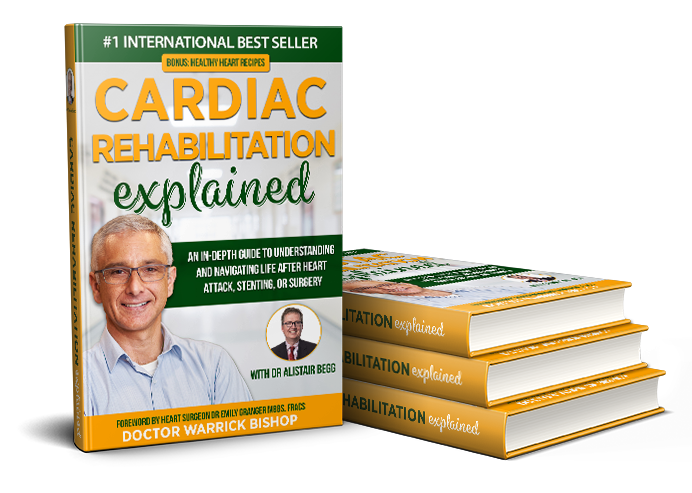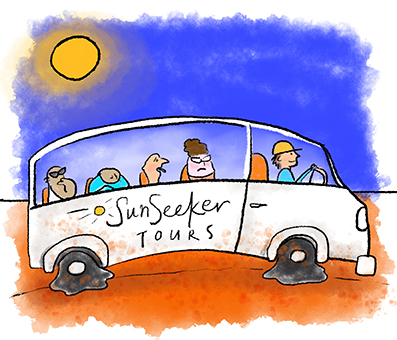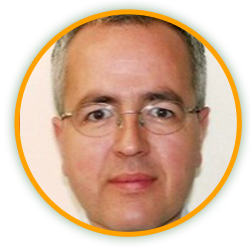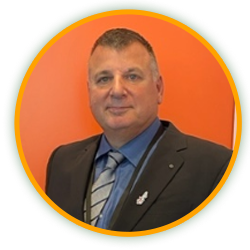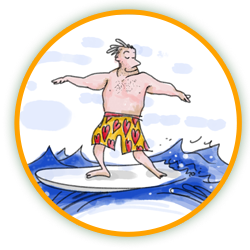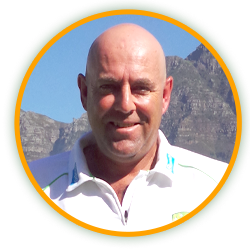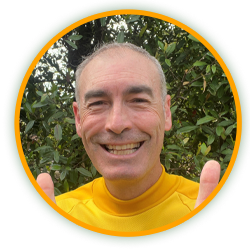Cardiac Rehabilitation Explained: An In-Dept Guide to Understanding and Navigating Life After Heart Attack, Stenting, or Surgery
Brought to you by Doctor Warrick Bishop (Cardiologist & Best Seller Author)
"Doctor Warrick Bishop has dedicated several decades to preventative cardiology and improving the quality of life for his patients."
Cardiac Rehabilitation Explained is a must-read for anyone who has recently experienced a cardiac event, such as a heart attack, stenting, or cardiac surgery. This comprehensive guide not only explains the importance of cardiac rehabilitation, but also provides a thorough understanding of the causes of cardiac events, treatments available, and the steps individuals can take to recover or improve their cardiovascular health, thus also making Cardiac Rehabilitation Explained a powerful preventative tool for those who wish, at any age, to be proactive about their health.
Grab a Copy of “Cardiac Rehabilitation Explained” Today!

*We Respect Your Privacy & Information.


